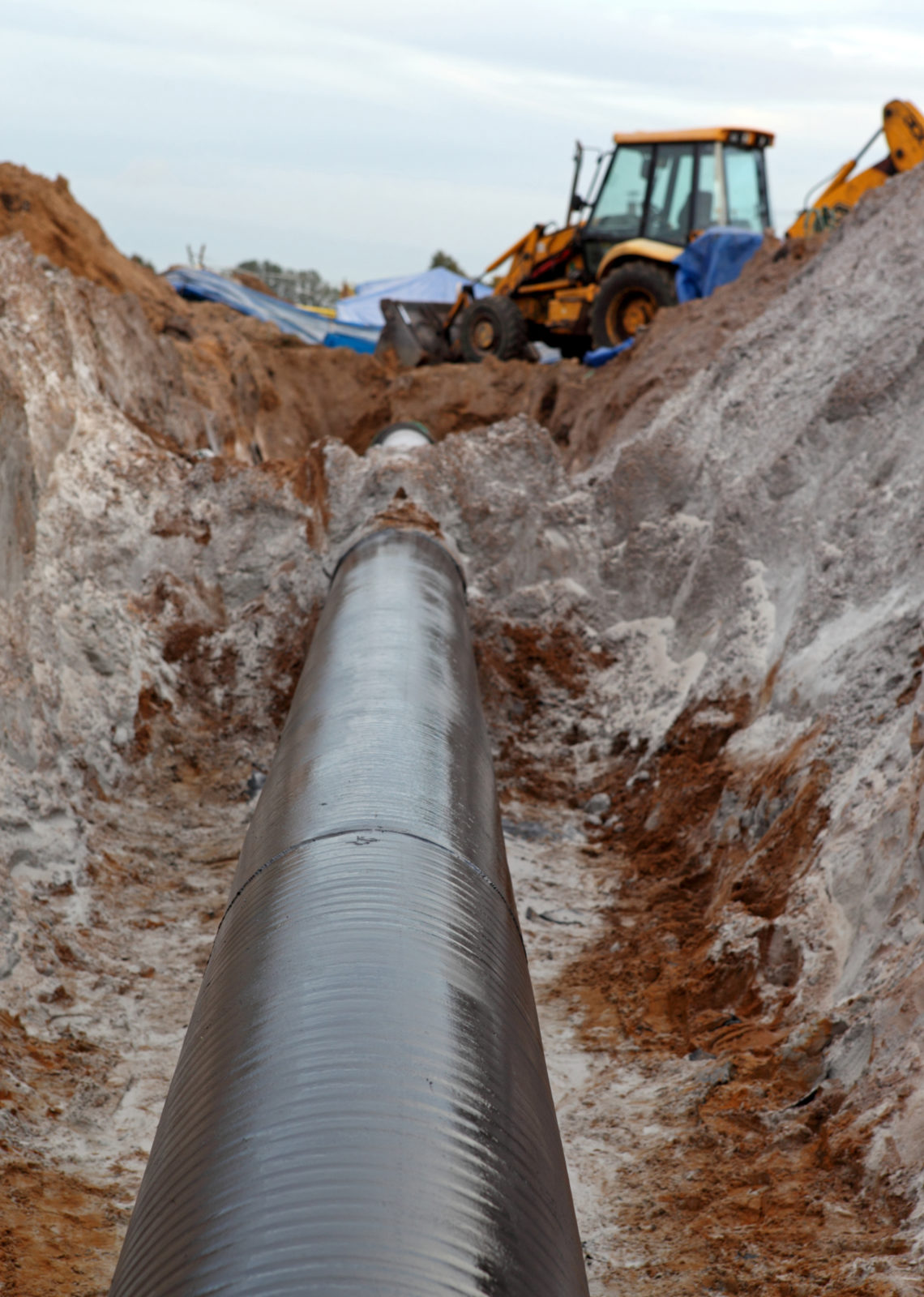While Capture and Storage are so close in the well-known alias “CCS”, large distances may separate the sites where they actually occur. How these distances are covered is an important focus of in the Norwegian CCS Research Centre (NCCS).
Learn more about CCS
Join our newsletter to stay updated with all the latest research results and news from NCCS: The Norwegian CCS Research Centre.
Because of the particular requirements, several efforts are currently devoted to the development of engineering tools that can effectively help in the design of safe and cost-effective transport pipelines. By collaborating with Svend Tollak Munkejord (Leading Task 7: CO2 transport in NCCS) and Research Scientist Morten Hammer (SINTEF), I am glad to give my contribution related to the development of efficient and robust numerical methods for multiphase CO2 flow.
As a post-doc at the University of Zürich (UZH), the NCCS Mobility Grant has represented a great possibility for me to cover the distance of about 2100 km to come to Trondheim and work closely and in a more effective way towards our research goals.
Research activity: why developing a new numerical method for multiphase CO2 flows
One feature of the flows along CO2 transport pipelines is the weak compressibility, which means that they exhibit a velocity much smaller than the speed of sound. These conditions make the numerical simulation of these flows particularly challenging, as standard numerical methods would require very long computational times.
Our research focuses on multi-phase flows, where different phases (liquid and gas, for instance) coexist. In normal operating conditions, the CO2 in transport pipelines is liquid, but variations in the pressure, start-up or other transient events may determine the occurrence of multiphase flows. That’s exactly when the compressibility of the flows, even if weak, plays its role and slows down the numerical simulations. And that’s exactly the flow condition, for which we are developing a new numerical method.
Our new approach is based on an accurate and flexible multiphase model, and on an ad-hoc treatment of the transient terms in the governing equations that determine the maximum time steps we can use in a simulation. Intuitively, if we want to simulate a certain time interval, smaller time steps would require more iterations, and so a longer computational time. With our new approach, we want to show the potential to increase both the efficiency (i.e., we can use larger time steps) and the robustness of the simulation tools for CO2-rich mixtures. This would positively impact the design, as well as the operational and safety analysis, of the transport facilities.
Results achieved during activity and future development
During my 5-week stay at SINTEF, we collaborated to include an accurate thermodynamic model that can describe the behavior of both liquid and gas carbon dioxide. We implemented this model into the simulation software that we have developed in Zürich, and now we are able to compare its capabilities, especially in terms of robustness and computational time, with existing simulation tools.
Increasing CO2 storage safety through stochastic simulation of well cementing
From a practical point of view, this work required the development of a common interface between the two software, which demanded continual updates and exchanges of information. The possibility, provided by the Mobility Grant, to work side-by-side was crucial to accomplish this task quickly.
The outcomes of the work performed during the research stay will be presented at the 9th International Conference on Numerical Methods for Multi-Material Fluid Flow (MultiMat2019), in September 2019, and they will be described in a research paper we are writing.
If you want to know more about our work, you are invited to take a look at the poster we presented in June at TCCS-10, at this link.

Besides the research
Besides the research results, the opportunity offered by the Mobility Grant contributed to my professional and personal growth. For me it represented the first occasion to taste the research outside academia. I appreciated the environment at SINTEF, and in particular the closer collaboration with NCCS researchers: I had the feeling that research could really contribute to alleviate the big problem of climate change. To work in a group with such a clear and strong vision helped me to envisage my research activities in a broader context and, using the language of policymakers, to visualize my small contribution in the advancement of CCS technologies to a higher technology readiness level (TRL). The development of this awareness will act as a driving force for the next steps in my research.
Learn more about CCS
Join our newsletter to stay updated with all the latest research results and news from NCCS: The Norwegian CCS Research Centre.


Pingback: FTIR combined with multivariate analysis for monitoring of solvent composition in CO2 capture plant. - #SINTEFblog
Pingback: Etter-forbrenning fangst av CO2 (post-combustion) – Potensiale og utfordringer. - #SINTEFblogg
Pingback: Better understanding of CO2 liquefaction (Towards identifying optimal transport conditions for ship-based CCS) - #SINTEFblog
Pingback: CO2 impurities: What else is there in CO2 except CO2? - #SINTEFblog
Pingback: Fault and fracture stability: A caprock integrity analysis and NCCS mobility program. - #SINTEFblog